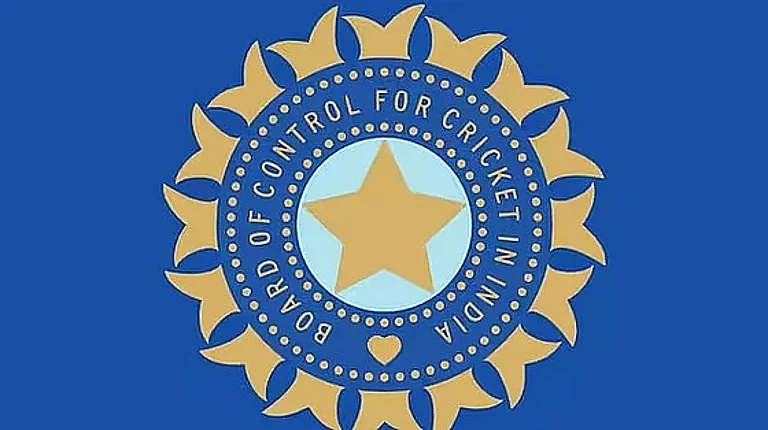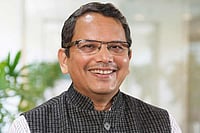The recent elevation of Sri Dattatreya Hosabale as general secretary of the RSS has again raised curiosity regarding the transition in leadership in the organisation. However, such a change of guard is not new. Similar changes have taken place at regular intervals, where elders have created space for the new generation, with full confidence in them. A narrative of the RSS in the post-Emergency era will show a series of interesting changes in the top leadership. Immediately after the Emergency in 1977, RSS general secretary Madhavarao Mulay, who was unwell, was replaced by Prof Rajendra Singh (Rajju Bhaiya). After 10 years, H.V. Seshadri became general secretary and Rajju Bhaiya stepped down to become joint general secretary. Later, in 1994, Rajju Bhaiya was nominated as sarsanghchalak of RSS by Balasaheb Deoras, who resigned due to ill health. Seshadri continued as general secretary. After six years, in 2000, both Rajju Bhaiya and Seshadri paved way for the next generation; K.S. Sudarshan and Mohan Bhagwat became sarsanghchalak and general secretary respectively. In 2009, Bhagwat was nominated as sarsanghchalak and Bhaiyaji Joshi was elected general secretary.
The tradition of Sangh pracharaks entering different fields of social life has continued since early ’50s. Deendayal Upadhyaya (politics), Dattopant Thengdi (labour union) and Eknath Ranade (social activist) are some early examples. On the other hand, Madandas Devi, Dattatreya Hosabale, Sunil Ambedkar spent their formative years in the ABVP and then took important responsibilities in the Sangh. Others, like Ramlal, returned to the Sangh after spending some time in politics. All these changes were part of a natural transition. There are many reasons for these changes to have been executed so smoothly. First of all, the Sangh has always nurtured collective leadership. Its leadership meets every month to discuss everything threadbare. While hierarchy is important, it doesn’t impede free-flowing and frank discussion. Deoras had famously described his colleagues as “those even God would be envy of”. In the Sangh scheme of things, consensus building is essential before any major decision. That makes the decision-making process slow, sometimes too slow, but it does involve all stakeholders. Disagreements are not only discussed and debated, but also respected. Therefore, once a decision is arrived at, there is no looking back. Secondly, a difference of opinion is not allowed to have a cascading effect, resulting into a clash of personalities. In 1939, RSS founder Dr Hedgewar called for a meeting of key associates at Sindi, near Wardha in Maharashtra. His health was failing. M.S. Golwalkar was relatively junior, and younger, among all the attendees. He presented his views on a certain topic, which were quite contradictory to that of one of the seniormost persons present, Appaji Joshi. Both argued a lot. During the same meeting, Hedgewar had a private discussion with Appaji Joshi about his successor as secretary. Hedgewar asked Appaji his opinion about Golwalkar as likely successor. Appaji instantly endorsed his name. The rest is history.
There are a few instances when committed Swayamsevaks have walked away from the RSS. After withdrawal of the first ban on the RSS in 1950, some senior workers in western Maharashtra quit the Sangh and started their own social projects. The Sangh not only refused to denounce them, but also supported many of these projects morally and financially. In due course of time, some of them returned, while others remained independent and continued serving society in their own way. Till the end, they maintained their warm relations with the Sangh. In a rare instance, one senior karyakarta stopped active involvement in the Sangh and came back after a few years. Both he and the Sangh leadership ignored the episode.
In any human organisation, the sum total of the strengths of key individuals is significantly higher than a mere mathematical addition of all of them. That’s possible when shortcomings of one is not only compensated by the qualities of the other, but when two of them working as a team add more strength and new capabilities that are not present in either of them individually. The Sangh is classic example of this phenomenon. As it nears its centenary, the Sangh makes for a unique case study of how an organisation survives even after multiple assaults, then grows, prospers, diversifies, influences and transforms practically every aspect of social life. As it did so, it kept its core values and ideology intact, while making necessary structural changes demanded by changing realities.























